Angola was a Portuguese colony until 1975. After more than a decade of fighting for independence, the country was granted self-governance. Today, there are an estimated 31,000 Angolans living in Portugal, largely based in the capital city of Lisbon. Portuguese-Angolan artist Mónica de Miranda (b. 1976) is known for her work which explores postcolonial issues of geography, history and subjectivity related to Africa and its diaspora. Her combination of photography, mixed media and video is often rooted in archival research, seeking to bring into the foreground forgotten histories. Now, the artist represents the Portuguese Pavilion at the 2024 Venice Biennale. Greenhouse combines sculpture, stage, installation and assembly pieces to create a space for experimentation and reflection. We spoke to her about the development of the project and what she hopes people will take away from the exhibition.
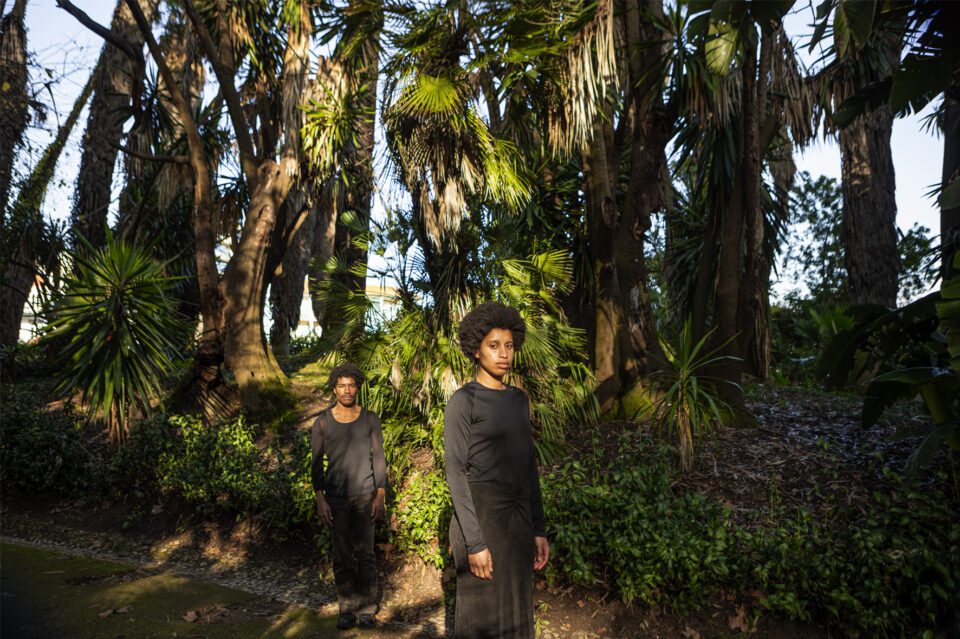
A: Tell us about how you got into working behind the lens – where did it all begin?
MM: My work has always been inspired by my biography, recreating the histories of my places of belonging. It came from a need to tell stories of my life as a woman from the Angolan diaspora living in Europe, and to re-imagine family memories outside of the patriarchal and Eurocentric world in which I was born. My first camera was an old Pentax camera my father had brought from Angola. In my adolescence, photography was an escape, a way to understand my place, body, and identity. I carried a camera everywhere, creating theatrical pictures with friends using everyday objects. I eventually set up a darkroom in my parents’ attic, spending holidays developing pictures.
I was partly raised by my grandmother, who always told us stories about her life in Angola. This context was the foundation of my photography, through which I search to capture family memories. This took me to Angola in 2011 to see the houses where my mum and grandmother lived and from this I created Once upon a time (2013) and Home sweet sour home (2013). The work looked at the home as a container of personal stories, memory, time, and history. The video/film narrates a portrait of a wandering family that navigates distant landscapes, perpetually trying to reach a horizon that is forever changing. They are always in transit between cities, houses, airports and roads.
Later, I developed Panorama (2017), a series on abandoned post-war modernist spaces in Luanda, where personal stories intersect with larger narratives of colonization, decolonization, civil war, and gentrification. These buildings were reminders of the histories that led my family to leave the country. I became an archivist of my family stories, trying to capture the ghosts of colonisation.
In art school, I chose sculpture but always used photography as well. I am interested in creating photography as a three-dimensional experience. I try to create space beyond the image to open other dimensions of perception.
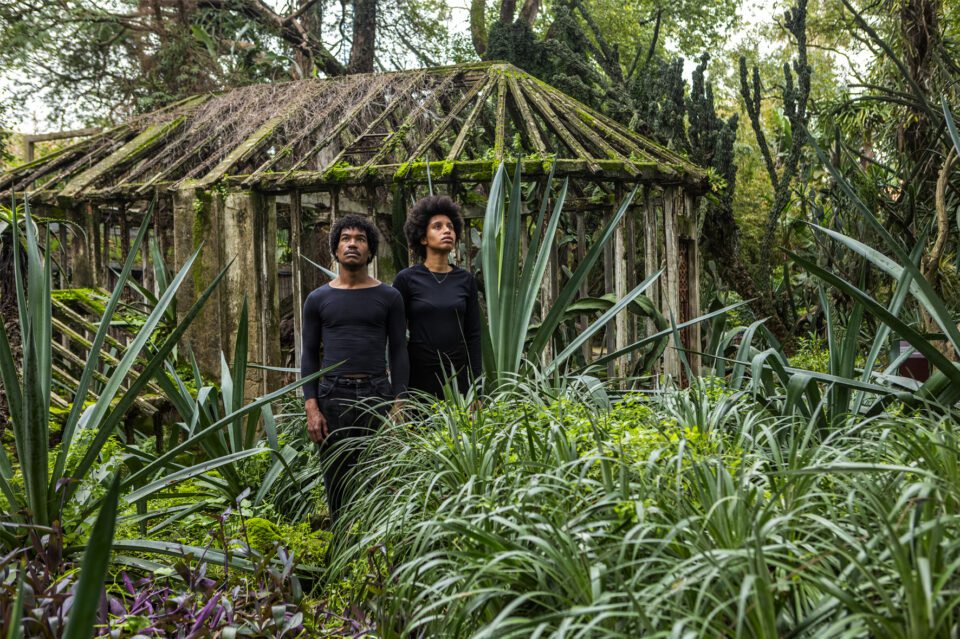
A: What’s the focus or message behind your latest exhibition at Venice Biennale?
MM: Greenhouse brings together multiple layers of matter and meaning to become a living archive of history and resistance. The exhibition spans multiple backgrounds – visual arts, choreography and research – created together with militant-historian researcher Sónia Vaz Borges, and choreographer Vânia Gala. It seeks to challenge the regular divisions between disciplines but also between artist-curator, mind-body, theory-practice.
The exhibition weaves various connections with the aim “unlearning” inherited power relations and creating new bonds between communities and with the land. Through performances, readings, workshops, talks, agricultural actions and practices we call the audience to be involved within the work, to engage, converse and interact with the artwork. The exhibition is made up of four interconnected pieces, focusing on different actions.
The Garden (Installation, Space and Time), the Living Archive (Movement, Sound and Performance), the Schools(Education, History and Revolution), and the Assemblies (Public and Communities). Through performances, readings, workshops, talks, agricultural actions and practices we call the audience to be involved within the work, to engage, converse and interact with the artwork.
The exhibition is inspired by the thought and practice of Bissau-Guinean liberation leader, agronomist and poet Amílcar Cabral. He argued that the regeneration of soils was inseparable from the liberation struggle, and this reflection is especially relevant in the present moment ridden with both political tensions and environmental degradation. In the exhibition the Creole Garden appears not just as a space for cultivation, but a symbol of resistance and resilience, where people could claim their own dignity and freedom. As Amílcar Cabral argued, the defence of the land is the defence of our humanity, the soil being an active agent of history, with its processes of continuous transformation and part of the process of decolonization.
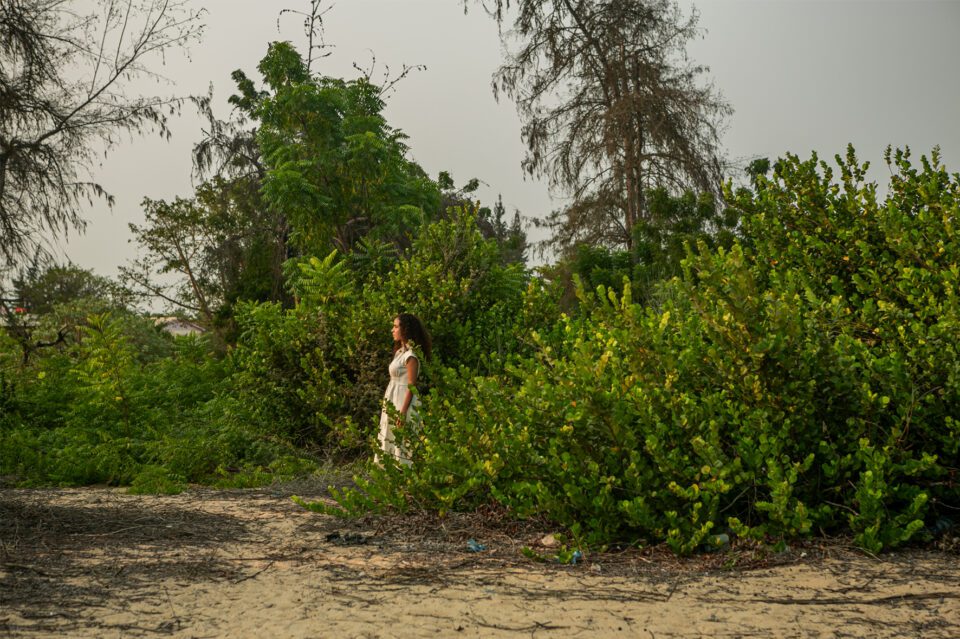
A: If you could only show us one piece from the show, which would it be, and why?
MM: It is difficult to choose as all the pieces have their own stories and characteristics. School of revolution is an especially interesting piece because it is inspired by the secret gatherings of the PAIGC (African Party for the Independence of Guinea-Bissau and Cape Verde) in the forests across the country.
The main piece that is central to all actions within the exhibition is the garden itself. The Creole Garden is a concept by Edouard Glissant that refers to the private plots tended by enslaved people as acts of resistance and sources of nourishment – the antithesis of monocultural plantation. Densely planted and richly biodiverse, the Creole Gardenfosters a discursive space of possibility, multiplicity, liberation and survival. Through this exhibition we think of the Creole Garden as a space of possibility and resistance in the present – where we urgently need spaces of conviviality as well as modes of plantation and cultivation that are not based on extraction and profit-making.
A: Who – or what – have been your biggest creative inspirations?
MM: There are various layers to my creative inspiration – first, my family histories and my experiences in the diaspora; secondly, I have been inspired my literary works from Angolan writers. I am also interested in working with archives to bring light into erased histories from hegemonic narratives.
As part of the Greenhouse project, I developed a book – Creole Garden – with illustrations of the plants that are present in the garden, as well as their medicinal and ceremonial uses. I come from a family of herbalists and healers from Angola this has been the inspiration behind this project. I have also been inspired by a book of landscapes drawn by Maria Florizo Veríssimo from Quilombo Ausente, in Diamantina (Minas Gerais, Brazil); —a community that has long preserved the power of African plant cosmologies, from slavery to today. This book centers Quilombos[1] and Creole Gardens as places of remembrance, freedom, sustainability, and resistance. They remind us of practices of the land necessary for us to truly decolonize our bodies, minds, spirits and lands.
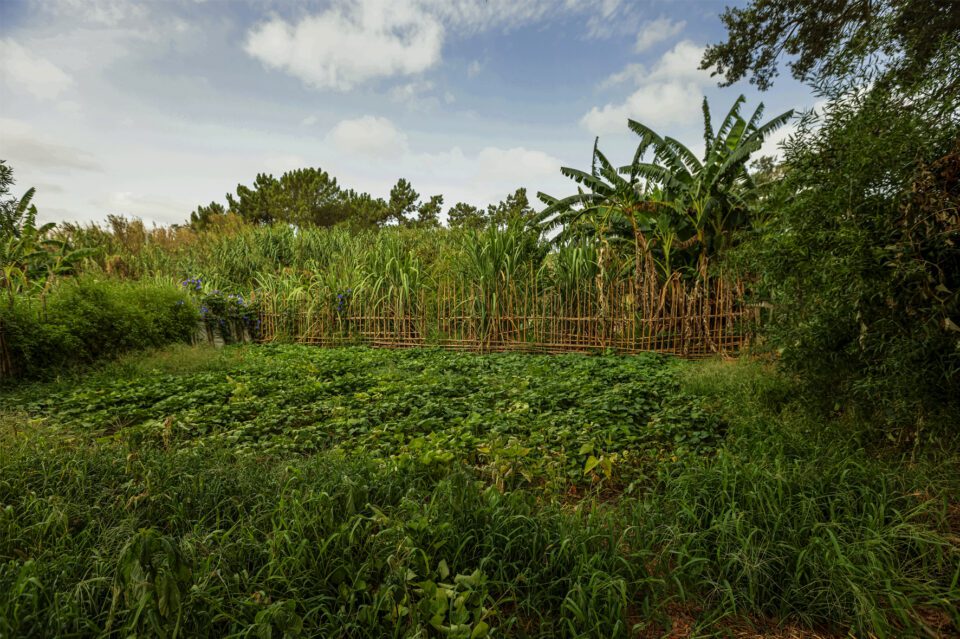
A: What’s been the highlight – or highlights – of your career so far?
MM: Different moments in my career are significant for different reasons – I’d say one of the most important highlights was my participation in the 12th Dak’Art in 2016 curated by Simon Njami with the theme “Contemporary African Art and Aesthetics of Translations”. This was a moment of recognition of my artwork on the continent which was deeply honouring. Two other key moments that are connected have been my participation in the 2022 edition of the Houston FOTOFEST, with the exhibition “African Cosmologies Redux” curated by Mark Sealy, and the commission of my work The Island (2022) by Autograph, as part of the program Amplify — Stranger in the Village: Afro European Matters which looks at contemporary Afrodiasporic experiences in Europe. These all led up to the representation of Portugal at the Biennale Arte 2024 with the Greenhouse project, which is the latest highlight of my career.
A: Do you think you have a “signature” technique or approach? What is it?
MM: I don’t necessarily have a “signature” approach – my work is practice-based research so it is not defined by techniques but by research and that can lead me to a variety of techniques. However, there are many conceptual threads and methods that recur in my work, since having developed a consolidated practice expanding across photography, film and sculpture. Looking at Afro-diasporic experience through the landscape, through multiple routes of crossing and belonging, I developed the idea of “geographies of affection”, mapping the emotional and biographical experiences that make up such routes. Another thread is the interconnection between human-body and nature-body – the elements of the earth are integral parts of human existence and vice versa. This approach not only defines my artistic expression but also invites viewers to engage with nature and the human form in a more intimate, reflective manner.
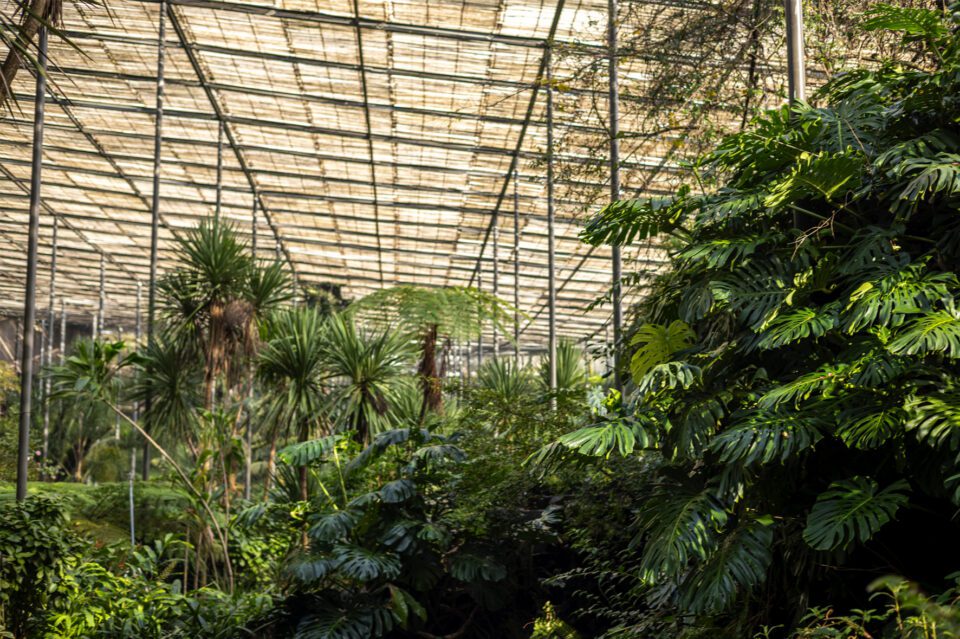
A: If you could do any other job, or be an expert in any other field, what would it be?
MM: I think of artists as alchemists – transforming matter and meaning into new forms that bring forth new experiences. If I were to choose another field, I would be a herbalist. Whether it’s through art or the practice of herbalism, the essence of creation and transformation remains at the core of what drives me.
A: Is there anything you hope audiences take away from this show?
MM: Given that it’s the first time that the Portugal Pavilion at La Biennale di Venezia is represented by three afro-diasporic women, Greenhouse intends to bring forward the histories that have been erased and ignored within the Portuguese context. Although the population of Portugal is highly diverse, it still upholds systematic racism and inequality, and colonial understandings of history. The aim is to inspire experimentation, reflection, and create new spaces for various community encounters.
Greenhouse questions how to break through the lines of social division, and separation between humans and nature, as well as disciplinary boundaries, to imagine new ways of collectively, of coming together. It is about a collective, ecological, and historical reflection – where the boundaries between different areas of artistic knowledge blur, proposing a space of discursive, decolonial, and radical solidarity.
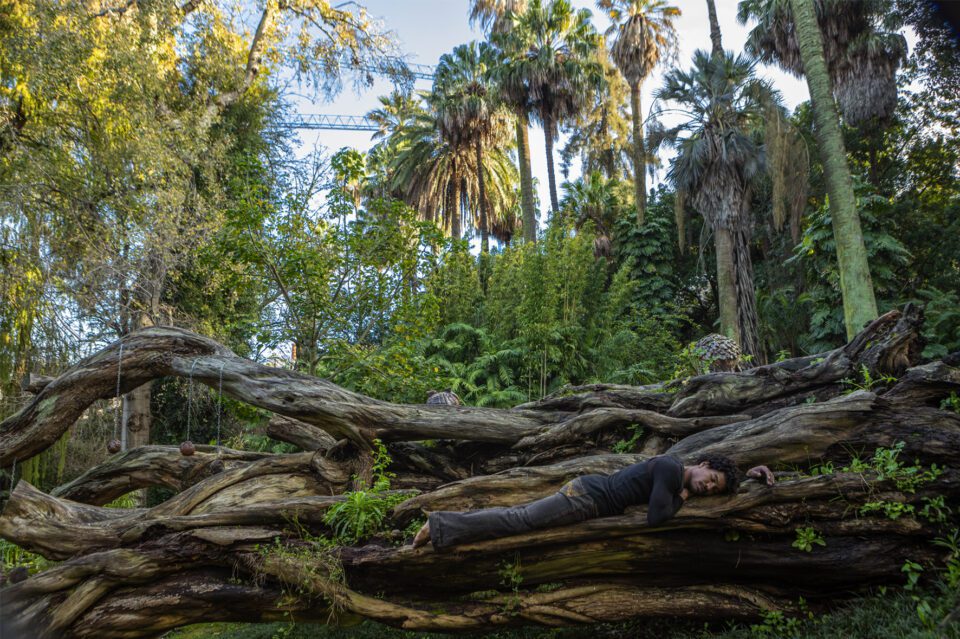
A: What are you working on right now? Anything else for us to look forward to?
MM: I am currently working on two major projects, connected to the two places of my belonging – Portugal and Angola. Where Cities are Invisible, Gardens Grow is a collective film project looking at urban gardens in Afrodiasporic communities in the Lisbon Metropolitan Area, as a creative strategy of resistance and freedom. The project seeks to dismantle tropical narratives of Lisbon as a European paradise, reflecting on its systematic inequalities and policies from a regenerative perspective.
As if the World had no West (2024) explores the unique landscapes of Angola and challenges Western perceptions, based on anthropologist Augusto Zita’s research in the Namibe desert, to reinterpret land as a site of communal nurture and resistance. The anthropologist used to consult with the Mirabilis ancient plants, which held many histories and hold in themselves the whole archive of Angolan history. As if the World had no West brings to light these multiple histories and reflects the Bakongo understanding of time that is circular, and it has no beginning or end.
[1] Quilombos were historically places of refuge for enslaved Africans rumoured to hide in the forests upon escaping captivity. They chose these wild and isolated areas because of their innate inaccessibility and natural protection from colonizing or oppressive forces, and it was where slaves gathered and were able to lead a free life.
GREENHOUSE: Portugal Pavilion will run at Venice Bienniale until 24 November. greenhouse2024.com
Image Credits:
1. Mónica de Miranda, Creole Garden, 2024, Inkjet print on cotton paper, 120×80 cm © Mónica de Miranda, Courtesy of the artist.
2. Mónica de Miranda, Crossing, 2024, inkjet print on cotton paper, 60×40 cm© Mónica de Miranda, Courtesy of the artist.
3. Mónica de Miranda, Greenhouse, 2024, Inkjet print on cotton paper, 100×66 cm © Mónica de Miranda, Courtesy of the artist.
4. Mónica de Miranda, Ground, 2024, inkjet print on cotton paper, 100×66 cm © Mónica de Miranda, Courtesy of the artist.
5. Mónica de Miranda, Urban Garden, 2024, inkjet print on cotton paper, 80×53 cm © Mónica de Miranda, Courtesy of the artist.
6. Mónica de Miranda, Weaving, 2024, inkjet print on cotton paper, 60×40 cm © Mónica de Miranda, Courtesy of the artist.
7. Mónica de Miranda, Routes to the roots, 2024, inkjet print on cotton paper, 100×66 cm © Mónica de Miranda, Courtesy of the artist.





